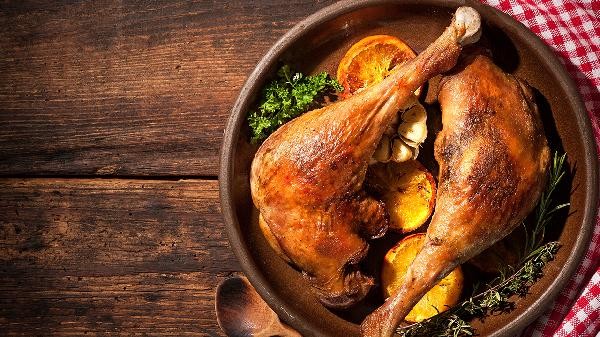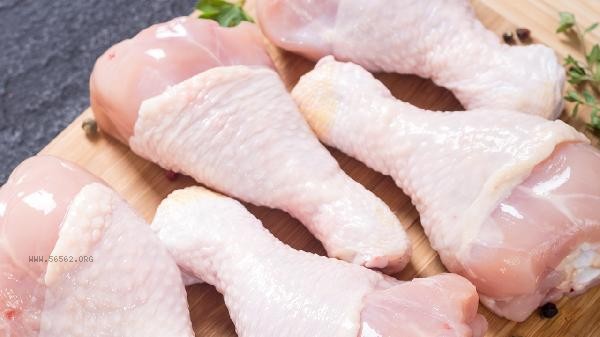Chicken can be tender and smooth through marinating, temperature control, and cooking techniques. The main methods include selecting fresh chicken, reasonable marinating, controlling the heat, quick stir frying, and appropriate thickening.

1. Choose fresh chicken
Fresh chicken has a finer texture and muscle fibers have not yet become rough due to prolonged storage. It is recommended to choose chicken breast or chicken leg meat, as these two parts have a more tender texture. Pay attention to the color of the chicken when purchasing. Fresh chicken appears light pink or light yellow, with a glossy surface and no odor. Frozen chicken should be thawed in advance to avoid water loss caused by direct high-temperature cooking.
2. Reasonable marinating
Marinating is a key step in maintaining the smoothness and tenderness of chicken meat. A small amount of salt, sugar, cooking wine, and starch can be mixed for pickling. Salt can help relax muscle fibers, sugar can retain moisture, and starch forms a protective layer. The pickling time should be controlled between 15-30 minutes, as excessive time can cause the meat to turn dry. A small amount of cooking oil can be added to form an oil film on the surface of the chicken, reducing water evaporation during the cooking process.
3. Controlling the heat
High temperature quick stir frying is an important technique for maintaining the smoothness and tenderness of chicken meat. Keep the oil temperature at around 60% hot and stir fry quickly after adding to the pot. Avoid prolonged high temperature heating, otherwise excessive protein shrinkage can cause the meat to harden. For stewing methods, first use medium heat to quickly shape the surface of the chicken, then reduce the heat and simmer slowly to evenly heat the inside.

4. Quick stir frying
During the frying process, the action should be fast to avoid the chicken staying in the pot for too long. You can use high heat stir frying to quickly form a protective layer on the surface of the chicken, locking in internal moisture. Stir fry for 3-5 minutes and observe the color of the chicken turning from pink to white before serving. Excessive stir frying can cause muscle fiber contraction and affect the taste.
5. Proper thickening
Thickening can form a protective film to prevent moisture loss from chicken meat. You can use a mixture of water starch or egg white starch, pour it into the pot and stir fry quickly before leaving. Starch gelatinizes when heated and wraps around the surface of chicken, which not only maintains a smooth and tender taste, but also allows seasonings to adhere better. Note that the sauce should not be too thick to avoid affecting the taste. In addition to cooking techniques, vegetables and fruits rich in vitamin C can be paired with daily diet to help absorb protein. It is recommended to choose a light cooking method to avoid excessive intake of oil. Maintaining a balanced diet and moderate exercise can help maintain a healthy physique. Pay attention to the freshness and hygiene of ingredients during the cooking process to ensure food safety. Different parts of chicken are suitable for different cooking methods, and can be flexibly adjusted according to personal taste and needs.









Comments (0)
Leave a Comment
No comments yet
Be the first to share your thoughts!